Thread embedding for weight loss is a method that combines traditional Chinese medicine meridian theory with modern medical technology. By embedding absorbable thread bodies to stimulate acupoints, it achieves the effect of regulating metabolism and suppressing appetite. Some people have indeed achieved success. The effect varies from person to person, and the key lies in individual physical condition, professional operation, and postoperative management. Successful cases have shown that thread embedding for weight loss requires dietary control, moderate exercise, and good lifestyle habits to achieve long-term results.
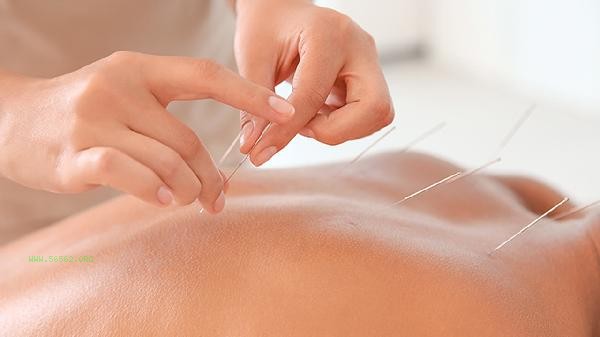
1. Principle and mechanism of thread embedding for weight loss
Thread embedding for weight loss is based on the theory of traditional Chinese medicine meridians. By embedding absorbable thread bodies into specific acupoints, it continuously stimulates acupoints, regulates endocrine function, promotes metabolism, suppresses appetite, and reduces fat accumulation. Thread bodies are usually made of collagen or polylactic acid, which can be absorbed by the human body without the need for removal. Acupoint selection is mostly concentrated in areas with high fat accumulation such as the abdomen and legs, such as the Tian Shu and Zu San Li. The advantage of this method lies in its easy operation, minimal trauma, and fast recovery, making it suitable for people who are busy with work and find it difficult to adhere to traditional weight loss methods.
2. Success factors of thread embedding weight loss
The success of thread embedding weight loss is related to multiple factors. Firstly, individual physical differences are crucial. People with faster metabolism and sensitive meridians have more significant effects. Secondly, the professionalism of the operation is crucial. Qualified traditional Chinese medicine practitioners or medical institutions should be selected to ensure accurate acupoint positioning, standardized operation, and avoid infection or other complications. Thirdly, postoperative management cannot be ignored. After embedding the thread, it is necessary to follow a healthy diet, reduce the intake of high calorie foods, and increase the proportion of vegetables, fruits, and high-quality protein. Meanwhile, moderate exercise such as brisk walking, yoga, etc. can help accelerate metabolism and consolidate effects.
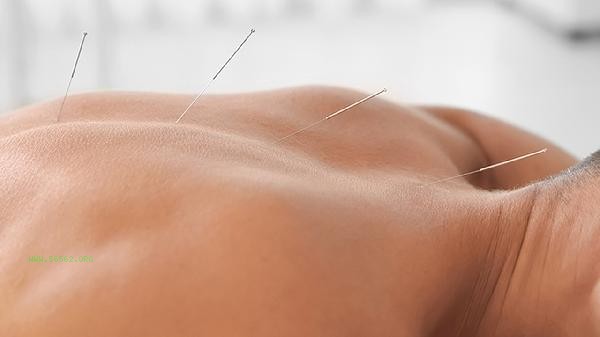
3. Precautions and potential risks of thread embedding for weight loss
Although thread embedding for weight loss has certain effects, it is not suitable for everyone. Pregnant women, lactating women, individuals with skin allergies, and those with serious chronic diseases should avoid them. After surgery, there may be local redness, pain, or slight bruising, which usually subsides on their own within a few days. If there are abnormal conditions such as infection or rejection of the body, seek medical attention promptly. Losing weight through buried threads is not a one-time solution, it needs to be combined with long-term health management to avoid rebound. It is recommended to develop personalized plans under the guidance of professional physicians to ensure safety and effectiveness.
4. Auxiliary measures for thread embedding weight loss
To improve the success rate of thread embedding weight loss, the following auxiliary measures can be taken. In terms of diet, adopt a low sugar, low-fat, and high fiber diet structure, such as choosing whole grains, lean meat, fish, and a large amount of vegetables. In terms of exercise, engage in at least 150 minutes of moderate intensity aerobic exercise per week, such as swimming, cycling, etc., combined with strength training to enhance muscle strength. psychological regulation is equally important, maintaining a positive attitude and avoiding giving up due to unclear short-term effects. Through comprehensive management, the effect of thread embedding for weight loss will be more significant.
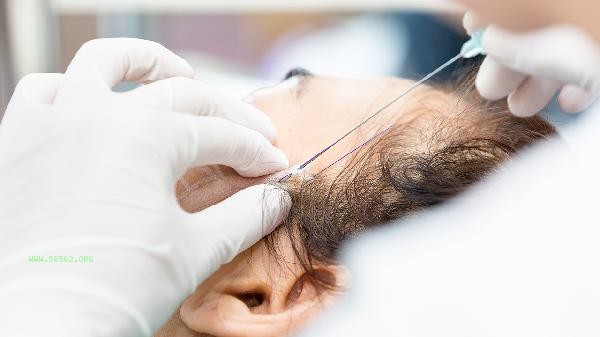
As a combined traditional Chinese and Western medicine weight loss method, thread embedding has been successful in some populations, but its effectiveness varies from person to person. The key to success lies in individual physical fitness, professional operation, and postoperative management. It is recommended to follow the guidance of a professional physician and combine healthy diet, moderate exercise, and good lifestyle habits to achieve long-term stable weight loss results. For those who intend to try, it is necessary to fully understand its principles, precautions, and potential risks, and develop a scientifically reasonable weight loss plan to ensure safety and effectiveness.

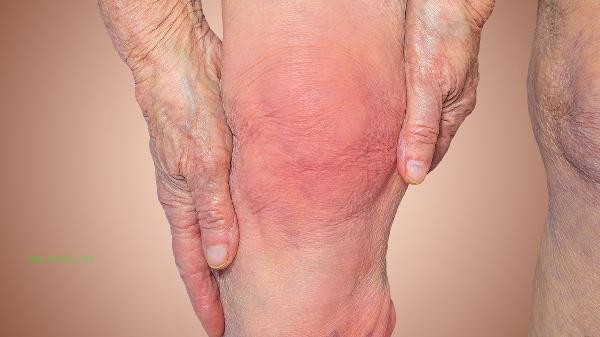
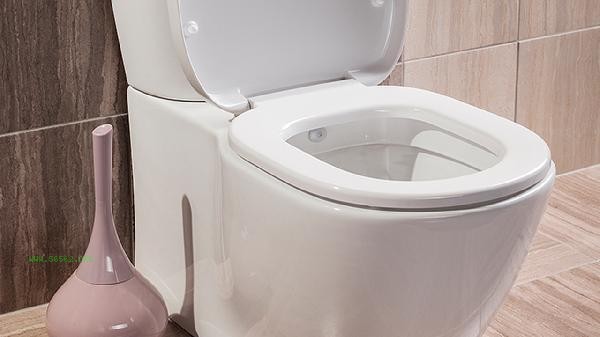
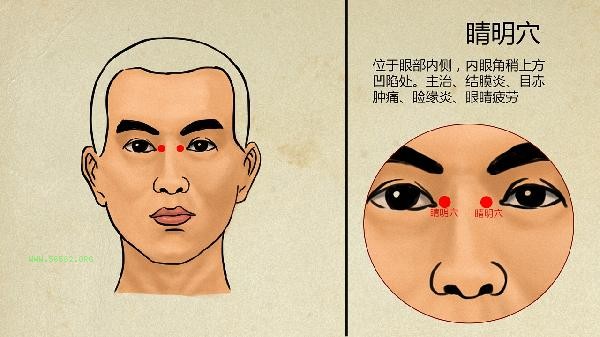

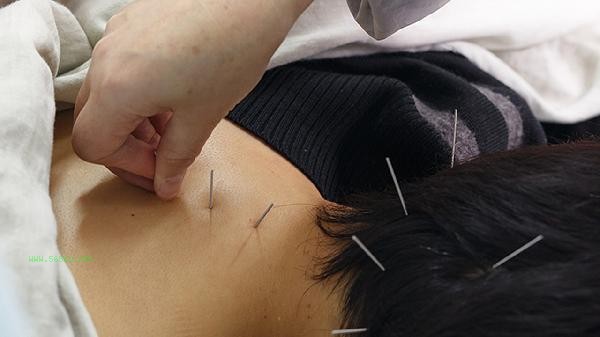


Comments (0)
Leave a Comment
No comments yet
Be the first to share your thoughts!